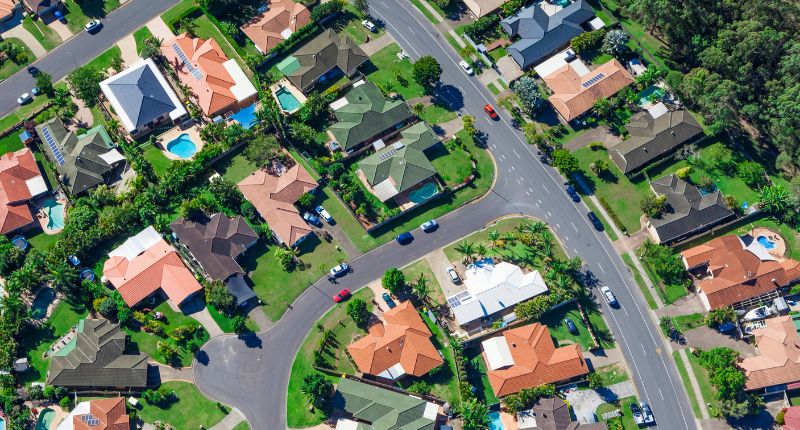- Place Studio co-founder argues affordable housing is on the right track but changes are needed.
- These changes include cost-effective solutions and prioritising longevity.
- An Australian first calculator has been introduced to quantify the benefits of affordable housing.
What was once considered the default affordable housing aesthetic – cheap, utilitarian – is thankfully becoming a thing of the past, said Place Studio co-founder and managing director, James Alexender-Hatziplis.
He argued that affordable housing should not only be better designed but also more effectively and efficiently constructed, making them more affordable to build.
“We’re trying to blend the lines between affordable housing and private market housing,” he said.
The challenges of prioritising quality and sustainability
Echoing Alexander-Hatziplis’ sentiments, Australian Institute of Architects (AIA) national president, Stuart Tanner, said people deserve livable housing.
“These dwellings must be high-quality builds that will not only serve this generation but the generations to come,” he said.
“That is a fundamental aspect of sustainability.”
Tanner added that scrimping in the present will cost more in the long run.
However, with Place Studio helping to design affordable housing in Sydney and rural NSW, Alexander-Hatziplis said this comes with challenges in material selections.
“We are subject to to more limited supplies, suppliers and trades,” he said.
Moreover, he added that one of the fundamental design principles Place Studio avails themselves of is one of efficiency, which includes eliminating the number of unique unit types, kitchen and bathrooms, which only add to the cost.
“Many of the older designs had bespoke apartment types creating inefficiencies in design and incurring additional construction costs for builders,” he said.
“Today’s affordable housing is ripe for these type of design principles, to keep costs down but quality high.”
Those indicators of quality include modular designs that enable the design of homes to be constructed with consistency and efficiency, he added.
“When designing these homes, we prioritise the longevity and maintenance of developments and propose durable materials that reduce costs for residents,” he said.
“This includes encouraging a high standard of energy efficiency, by including photovoltaic systems, high scoring thermal properties via BASIX & NatHERS and landscape spaces that serve a purpose to the residents.”
Quantifying the benefits of affordable housing
For sustainable, well-designed affordable housing benefits to become more widespread, innovations cannot be limited to only the dwellings.
A month ago, Community Housing Industry Association CEO, Wendy Hayhurst, introduced an Australian first calculator that estimates the wider social, economic and environmental benefits of social and affordable housing.
The SIGMAH (Social Infrastructure and Green Measures for Affordable Housing) calculator provides government, community housing organisations and the social and affordable housing sector the data needed to quantify the transformative impact social and affordable housing has for society.
“Everybody wants to create resilient, sustainable communities,” Wayhurst said.
“The SIGMAH calculator will provide the evidence base builders, policymakers, and community housing organisations need to recognise the broad and deep benefits of social and affordable housing.
“This is the data we need to build a more inclusive, clean energy future.”








